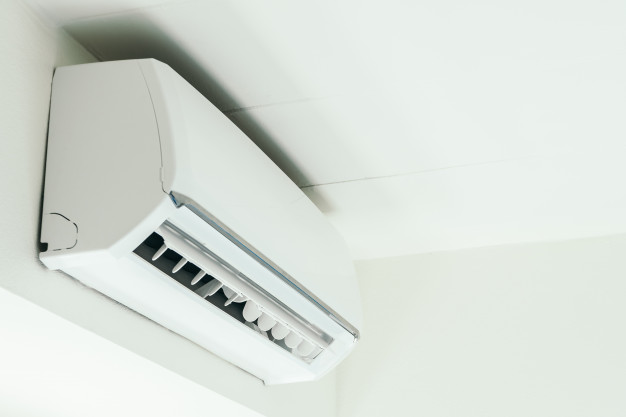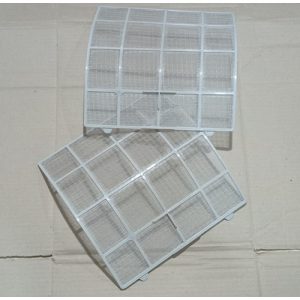Even though many believe the climate of Australia to always be hot and sultry, some places get two to four seasons every year. Sydney experiences a mild winter which if compared to the extreme heat of the summer months can be quite cold. So, what is reverse cycle air conditioning and why is it suitable for the climate of Sydney? Simply put, a reverse cycle air conditioner can both cool and warm your room up. During the oppressive summer, such an AC cools the air to bring the temperature down and when it gets cold during the winter months, it conditions the air to make the room warm and cosy.
Why Is A Reverse Cycle Air Conditioning Unique and How Does It Work?
Well, the main difference between such an AC from your regular ACs is that it has three units instead of two. It has an outdoor condenser unit, an indoor evaporator unit, and a reversing valve with a thermostat. These days, however, most of air conditioners come with a reverse cycle. A reverse cycle air conditioner will be competent enough to maintain a certain temperature if it has been sized precisely.
Why Should You Opt for A Reverse Cycle Air Conditioner?
There are quite a few advantages of using an AC fitted with the reverse cycle.
- Multi-purpose AC – This is an obvious advantage as a reverse cycle AC can both cool and heat a room.
- The economical choice – As a direct effect of its multi-usability, such an AC is also the more economical choice as it saves you the cost of buying an extra heating unit for winters.
- Safer heating option – Since these reverse AC units reach a certain temperature and maintain it, there is no chance of overheating. It also comes installed with a thermostat that regulates the heat and reduces any chance of fire breaking out which is always a possibility with normal heaters.
- Adaptable and flexible – Usually, in regular ACs, one has to manually set the temperature and regulate it according to their needs. But in a reverse cycle AC, there is a thermostat installed along with the inverter technology which adapts to the temperature and condition of the room. This also reduces energy consumption as well as carbon emission. Therefore, it is not only easy on the budget but also on the environment.
- Air purification – Yes that’s right, some reverse cycle air conditioners can also purify the air by trapping dust particles and fire-borne germs before it enters the home. Some units also come with a feature to eliminate bad odour from the air!
If your AC does not have this system and you want it installed, then you need professional help. An upgrade to the reverse cycle mechanism will need electrical work as refrigerant handling can only be done with legal licences. Thus, if you need an air conditioning service Sydney to get this done, Endeavour Air Conditioning is the way to go. Any other problems related to air conditioning Sydney can also be easily solved by professionals from Endeavour Air Conditioning services.
Read


